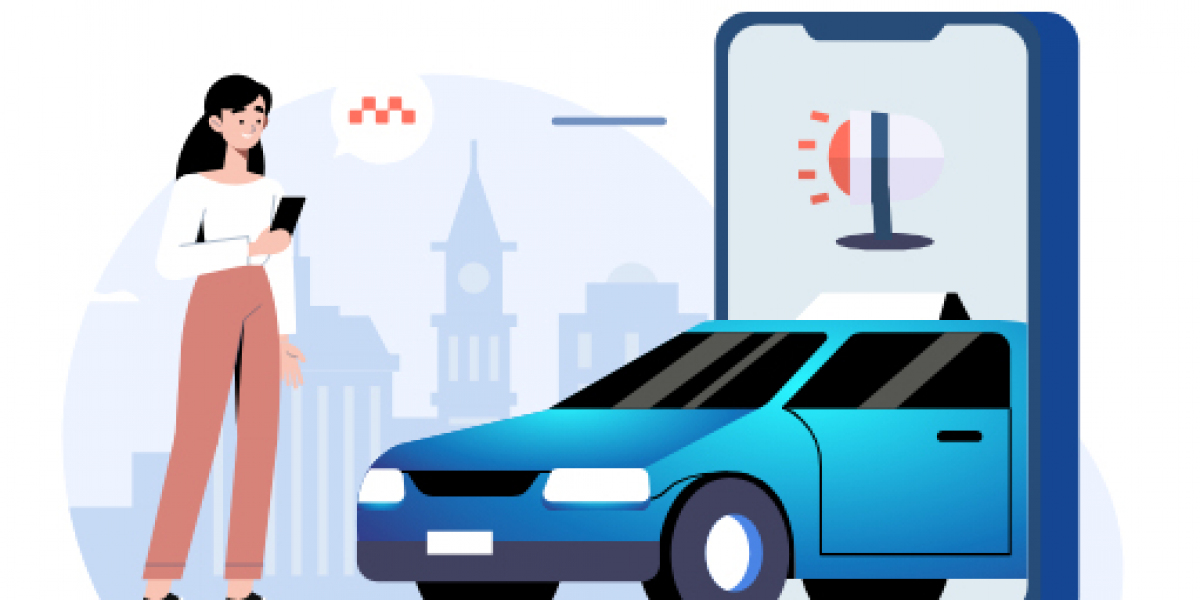The automotive industry is undergoing a digital transformation, with vehicles becoming increasingly connected and software-driven. One of the key advancements driving this transformation is the adoption of Over-the-Air (OTA) updates, which are revolutionizing the way software updates are delivered and installed in vehicles.
Let's explore how OTA updates in cars differ from traditional software updates:
Delivery Method:
OTA Updates: OTA cars updates are delivered wirelessly, typically using cellular networks or Wi-Fi. This eliminates the need for physical media or manual installation by the user.
Traditional Updates: Traditional updates are often delivered via physical media, such as USB drives or CDs, and require manual installation by the user or a technician.
Convenience:
OTA Updates: OTA updates offer unparalleled convenience, allowing users to receive and install updates without visiting a dealership or service center. Updates can be downloaded and installed in the background, minimizing disruption to the user's daily routine.
Traditional Updates: Traditional updates require users to schedule appointments with a dealership or service center, leading to downtime and inconvenience. Users may also need to wait for the availability of service technicians to perform the update.
Frequency and Timeliness:
OTA Updates: OTA updates enable manufacturers to deliver updates more frequently and in a timelier manner. Manufacturers can quickly deploy updates to address emerging issues or introduce new features, ensuring that vehicles remain up-to-date with the latest software.
Traditional Updates: Traditional updates may be less frequent and timely, as they require more time and resources to distribute and install. Users may need to wait for the next scheduled service appointment to receive updates, leading to delays in addressing issues or implementing improvements.
Scope of Updates:
OTA Updates: OTA updates can encompass a wide range of software components and systems in the vehicle, including infotainment systems, vehicle control systems, and connectivity features. This allows manufacturers to deliver comprehensive updates that improve overall vehicle performance and functionality.
Traditional Updates: Traditional updates may be limited in scope, focusing on specific components or systems that require updates. This may result in a fragmented update experience, with users needing to install multiple updates for different systems.
Security and Integrity:
OTA Updates: OTA updates are designed with robust security measures to protect against unauthorized access and ensure the integrity of the update process. Manufacturers use encryption and authentication protocols to verify the authenticity of updates and prevent tampering.
Traditional Updates: Traditional updates may be more susceptible to security vulnerabilities, as physical media can be lost or compromised. Users may also be less aware of the security risks associated with manual installation of updates.
In conclusion, OTA cars updates in cars represent a significant advancement in software update technology, offering unparalleled convenience, frequency, and security compared to traditional updates. As the automotive industry continues to embrace digitalization and connectivity, OTA updates will play an increasingly integral role in ensuring that vehicles remain up-to-date, secure, and connected in an ever-evolving technological landscape.








